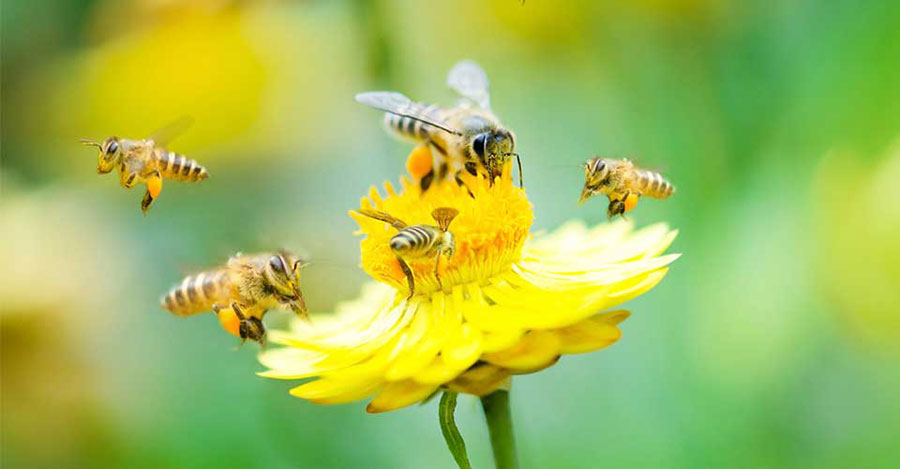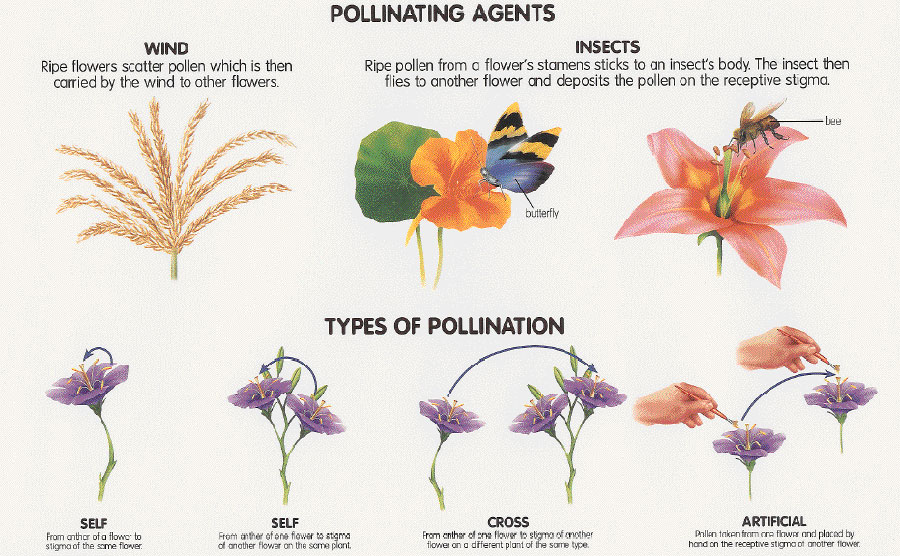About 30 percent of the world’s entire food crops need the help of pollination. Recent reports have shown more than one-third of bee species that perform pollination processes are under serious threat. Some of the crops that are in danger because of this problem are fruits, vegetables, nuts, berries, chocolate, and coffee.
Since this problem was detected, researchers from many areas have searched for a possible solution. Some of them are orienting their efforts to the protection of the species able to pollinate, like honeybees. Others are investigating about how they could find a solution to bee colonies’ drop outside the natural world.

One of the most viable choices for one team of researchers was to have an army of robotic pollinators that could help humans on such vital process. This assumption was what made possible the development of a project that consisted of designing a low-scale drone that could be able of pollinating flowers.
Could a drone replace a honeybee?
Eijiro Miyako, a senior researcher at the Nanomaterials Research Institute in Japan, conducted an exhaustive research regarding honeybees for then realize that it was possible to use an ionic gel able to pick up the pollen from one flower for then deploying it in another one.
However, they were not able to paint the gel on the plastic part of the little drone they were using in the first place. They detected that what it was needed was something similar to the brush-like hairs that pick up the pollen in honeybees. Therefore, they tried to attach a set of horsehair to the drone for then apply the mentioned ionic gel.
The first testing that the Japanese research team conducted was with the pink flowers of Japanese lilies. They reported positive results on that occasion. They registered all the results in a published paper in the journal Chem this Thursday.
“When I could confirm the growing of pollen tubes under fluorescent microscopy. I thought that it was just mistakes. But it was true. I was really surprised. And I felt happiness, that I’m a scientist,” Dr. Miyako wrote to the site Christian Science Monitor in an email on Thursday.

However, even when the initial results are exciting, the research team is aware this only represents the first step. This team could have been able to reproduce the pollination process with its drone, but the challenge comes with being able to develop that same method on a massive scale like the one necessary to supplement bees absence.
According to Scott Swinton, an agricultural and environmental economist at Michigan State University who was not involved in the research, the fact of expanding the range that these drones could represent in the pollination process translates into a significant challenge for the scientific community.
Swinton explains that is common in North America for farmers to have white boxes full of honeybees. He explained that each population of bees consists of ten of thousands of worker bees, which represents an enormous amount of pollination power.
Therefore, he (and many) doubt about the possibility for drones to replace that, giving the financial issue that would mean to any country. However, Miyako and his team will continue on the investigations regarding a possible solution for the crop pollination process.
Source: CS Monitor
